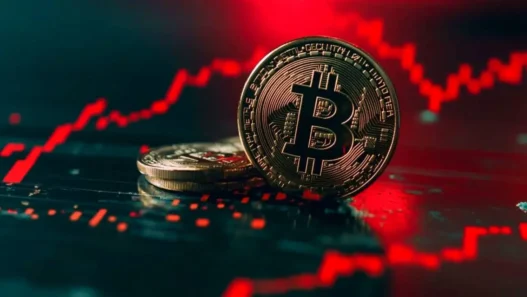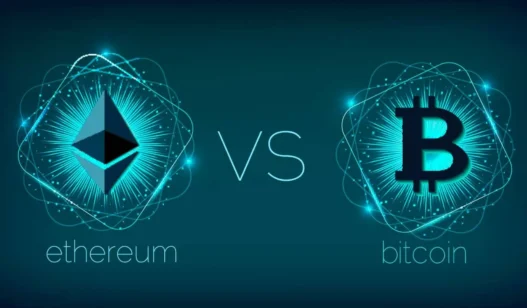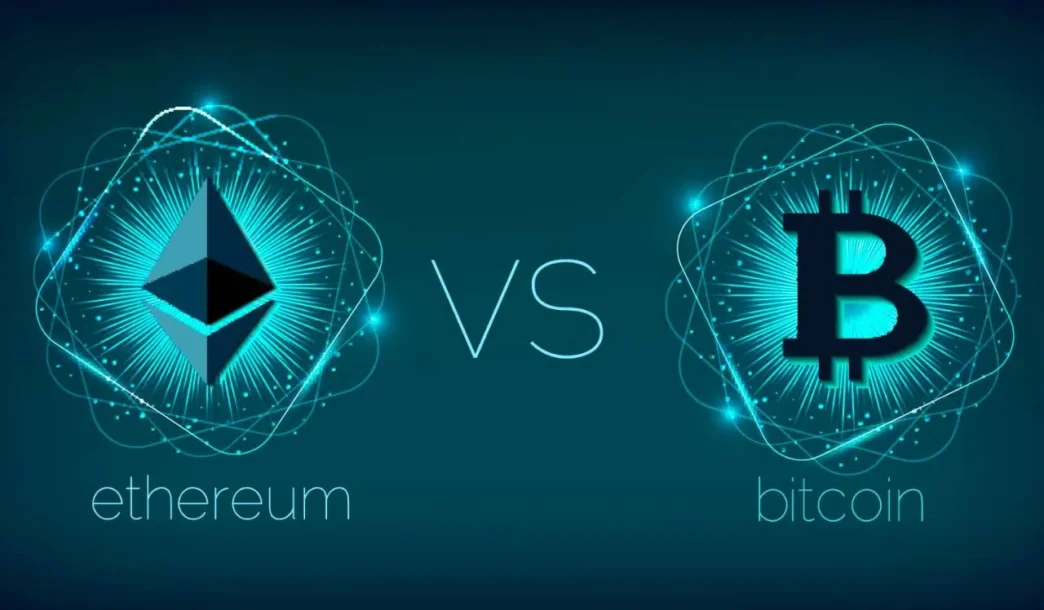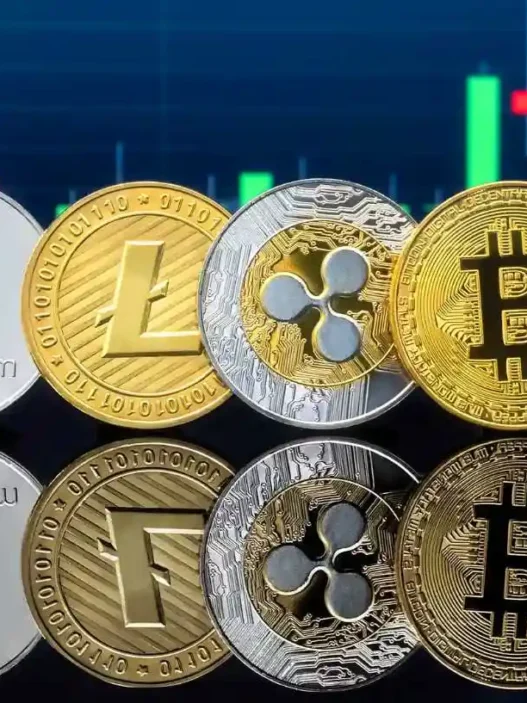Bitcoin and Ethereum wobbled as August began, responding to a stronger US dollar and President Trump’s sweeping tariff announcement. The dollar index soared past 100, raising concerns about rising inflation. Traders are now cautious ahead of key US employment data, which could influence future interest rate decisions.
How do tariffs and inflation affect cryptocurrency?
Bitcoin and Ethereum started August on shaky ground after President Trump’s unexpected announcement of sweeping new tariffs brought back fears of inflation. The market moved quickly, with Bitcoin dropping to $114,290 and Ether dropping to $3,616 before both made small gains. The tariff change shook up not only commodities and stocks, but also had an effect on the crypto space.
Crypto traders are not happy that the dollar is getting stronger. Investors are staying away from risky assets like Bitcoin and Ether for now because they think inflation will go up. This is because tariffs are causing problems in the supply chain and making imports more expensive.
Why is the dollar index going up again?
The U.S. Dollar Index (DXY) rose above 100 for the first time since May because new signs of inflation were showing up in economic data. Robin Brooks of the Brookings Institution says that the tariffs are now doing exactly what they were supposed to do months ago: raise prices. That story is getting more popular in the markets.
Trump announced a universal 10% import tax late on Thursday. This tax goes up to 15% for countries that have a trade surplus and hits some Southeast Asian exporters even harder. Investors quickly took into account the fact that prices would go up, inflation would go up, and money would get harder to get.
Could this make the Fed wait even longer to cut rates?
Core economic indicators are starting to show signs of inflation. The core personal consumption expenditures (PCE) index rose 2.8% in June, keeping up its fastest pace since February. This makes the job of the Federal Reserve harder. Before, markets were betting on a rate cut in September, but those hopes have dropped sharply.
Matt Mena from 21Shares said, “Markets have adjusted,” pointing to CME data that showed only a 41% chance of a rate cut next month, down from 75% just a few weeks ago. Jerome Powell, the head of the Federal Reserve, recently said that there needs to be stronger evidence of disinflation before the Fed can ease policy.
Bitcoin and Ethereum are still in limbo as crypto investors deal with macroeconomic problems. The Fed is staying strong, and tariffs are making inflation worse. This could mean that the market will stay volatile. Now, everyone is looking forward to Friday’s nonfarm payrolls report, which could give traders their next hint about which way to go in these uncertain waters.
Also read: Bitcoin and XRP Dip: Bull Market Pause or Real Trouble?



















